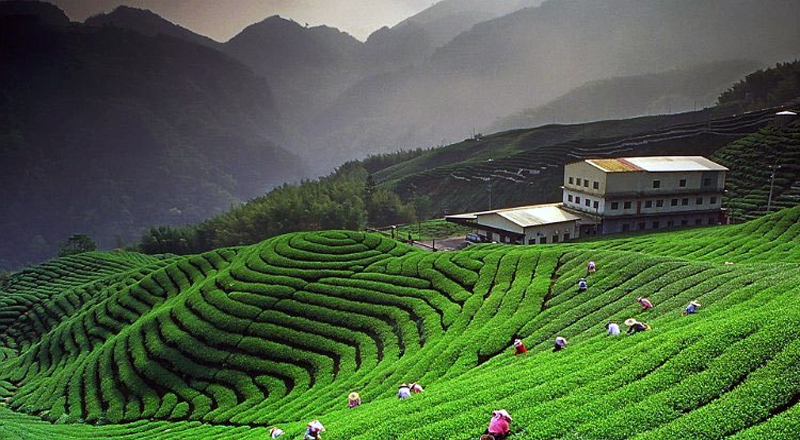
Local Cuisine & Food Options During Char Dham Yatra in July
Uncategoried
Local Cuisine & Food Options During Char Dham Yatra in July: A Pilgrims Guide
The Char Dham Yatra is not just a spiritual journey but also an experience of the local culture, which includes its unique cuisine. While July brings the beauty of the monsoon, it also necessitates caution regarding food and water hygiene. Understanding the local food options and making safe choices is crucial for a healthy pilgrimage.
General Food Scenario Along the Yatra Route:
The food available along the Char Dham route is predominantly vegetarian, adhering to the sanctity of the pilgrimage. Youll find a mix of:
- Dhabas & Small Eateries: The most common, offering basic but usually freshly prepared meals.
- Hotel Restaurants: Larger towns and bigger hotels will have dedicated restaurants.
- Bhandaras: Community kitchens often set up by various organizations, offering free meals (langar) to pilgrims, especially near the main temples.
Staple Food Items Youll Encounter:
- North Indian Thali: Rice, roti (Indian bread), dal (lentil soup), sabzi (vegetable curry), and sometimes curd. This is the most common and safest option.
- Parathas: Stuffed Indian bread (aloo, paneer, gobhi) served with curd and pickle. A good breakfast or quick meal option.
- Maggi: Instant noodles are ubiquitous and a popular quick bite in the mountains.
- Tea (Chai) & Coffee: Widely available.
- Local Specialties (when available):
- Mandua Roti & Jhangora ki Kheer: Traditional Garhwali dishes made from local millets.
- Gahat ki Dal (Kulath ki Dal): A nutritious local lentil.
- Aloo ke Gutke: Spicy potato preparation.
Food & Hygiene Considerations in July (Monsoon):
The monsoon season can increase the risk of water and foodborne illnesses. Exercise extra caution:
- Boiled or Bottled Water Only: Never drink tap water unless you are absolutely sure of its source and purity. Stick to sealed bottled water or carry a water purifier.
- Eat Hot & Freshly Prepared Food: Avoid raw salads, cut fruits left exposed, and pre-cooked food. Opt for meals that are cooked to order and served hot.
- Wash Hands: Always wash your hands thoroughly with soap and water or use an alcohol-based hand sanitizer before eating.
- Avoid Street Food (with caution): While tempting, street food carries a higher risk of contamination in monsoon. If you must try, choose vendors who have a high turnover of customers and appear hygienic.
- Prioritize Reputable Eateries: In major towns, choose restaurants that look clean and have a good reputation.
- Ginger Tea: A popular and often comforting choice, ginger tea can also help with minor colds or nausea.
- Carry Dry Snacks: Biscuits, energy bars, nuts, and dried fruits are excellent for quick energy boosts, especially during delays or in remote areas where fresh food might not be readily available.
Tips for Healthy Eating During the Yatra:
- Light & Digestible Meals: Avoid very oily or spicy food, which can be hard to digest at high altitudes or during long journeys.
- Hydrate Regularly: Beyond water, consider carrying ORS (Oral Rehydration Salts) to replenish electrolytes.
- Listen to Your Body: If you feel unwell, opt for simple, bland food like plain dal and rice.
The culinary journey during Char Dham Yatra, even in July, can be a delightful part of the experience. By being mindful of hygiene and making smart choices, you can savor the local flavors while ensuring your well-being throughout the sacred pilgrimage.


